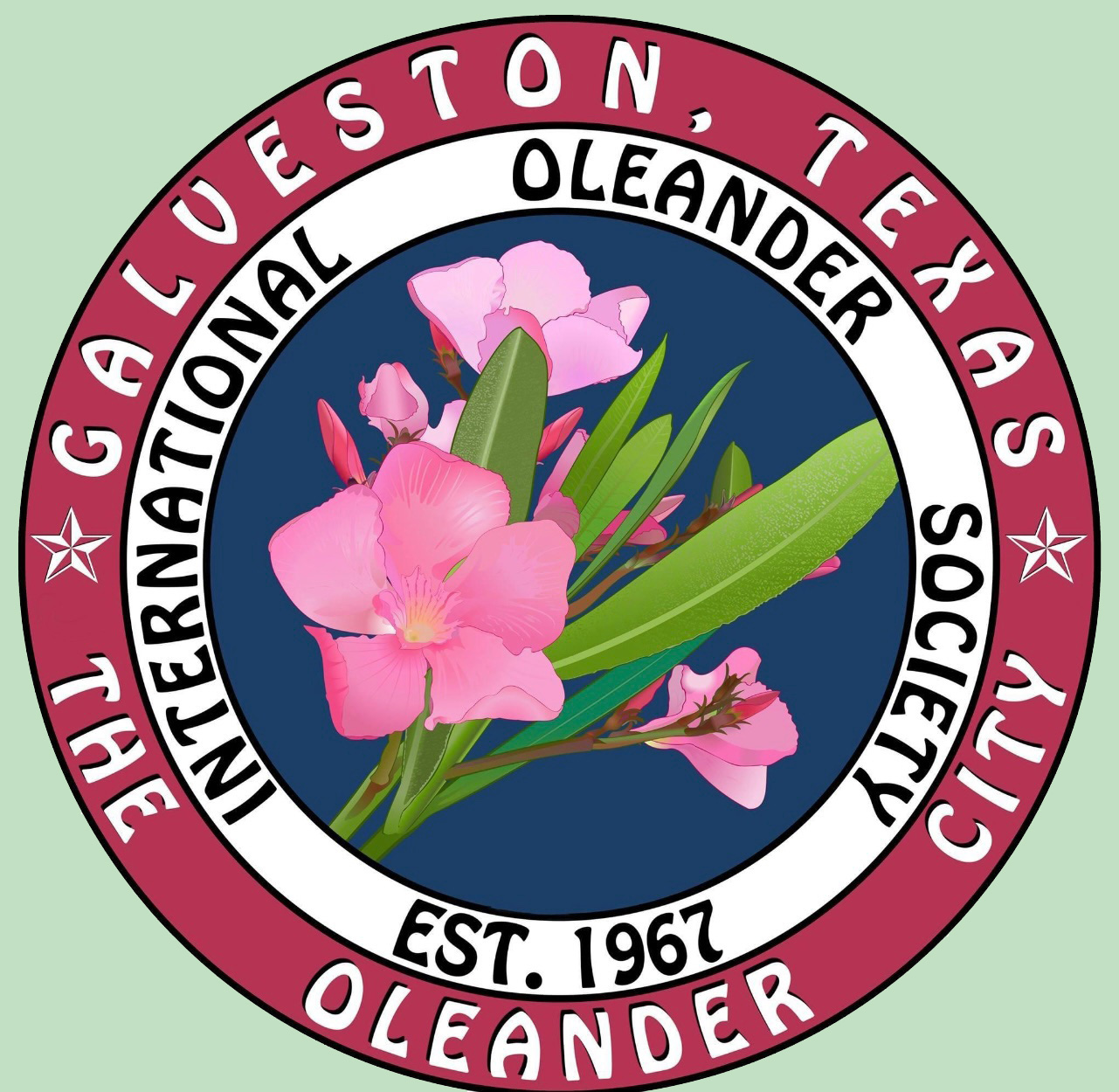INFORMATION ON OLEANDER TOXICITY
Most importantly – If you, or anyone/thing else, believes they have been in contact with any poisonous materials, contact your local Poison Control Center.
The American Association of Poison Control Centers has a great website – www.aapcc.org – with information about all types of poisoning.
For the Galveston Area, the Southeast Texas Poison Control Center’s (STPCC) website is www.utmb.edu/setpc.
To contact STPCC:
Mailing address: UTMB, 3.112 Trauma Building, Galveston, Tx 77555-1175
Emergency Numbers: (800) 764-7661 (TX ONLY) and (409) 765-1420
Animal Poison Control Center – www.napcc.aspca.org (888) 426-4435
Oleanders contain a toxin called Cardenolide Glycosides. The toxin is mostly contained in the sap which is clear to slightly milky colored, and sticky. When ingested in certain quatities, this toxin can cause harm – and possibly death. The extremely bitter and nauseating taste of the sap (much like a rotten lemon) causes a mechanical reflex in the stomach which rejects and expels the vile substance. Although not impossible, a person or animal would have to have a strong stomach or no sense of taste for a dose of the toxin to be fatal.
What can I do to avoid the a possible poisoning when working with Oleanders? Wash hands (and arms) thoroughly when finished working with the plant. Do not chew on any part of the plant. And do NOT use it as a skewer for food (or as a toothpick!).
Are the fumes from burning Oleanders hazardous? Yes! The fumes from a burning Oleander is still very hazardous. Steer clear of the fumes and NEVER use the branches as firewood!
What do I do if I accidently ingest some of the sap? Call the poison control center nearest you.
What do I do if I see my pet chewing on the plant?Call your veterinarian immediately!
What do I do if I see my pet chewing on the plant? Call your veterinarian immediately!
What are some other poisonouse plants? Azaleas – Roman soldiers were poisoned from honey of azalea pontica. Rhododendrons – The poisonous compound is Actylandromdal found in the nectar, and produces depression of blood pressure, shock, and finally death
